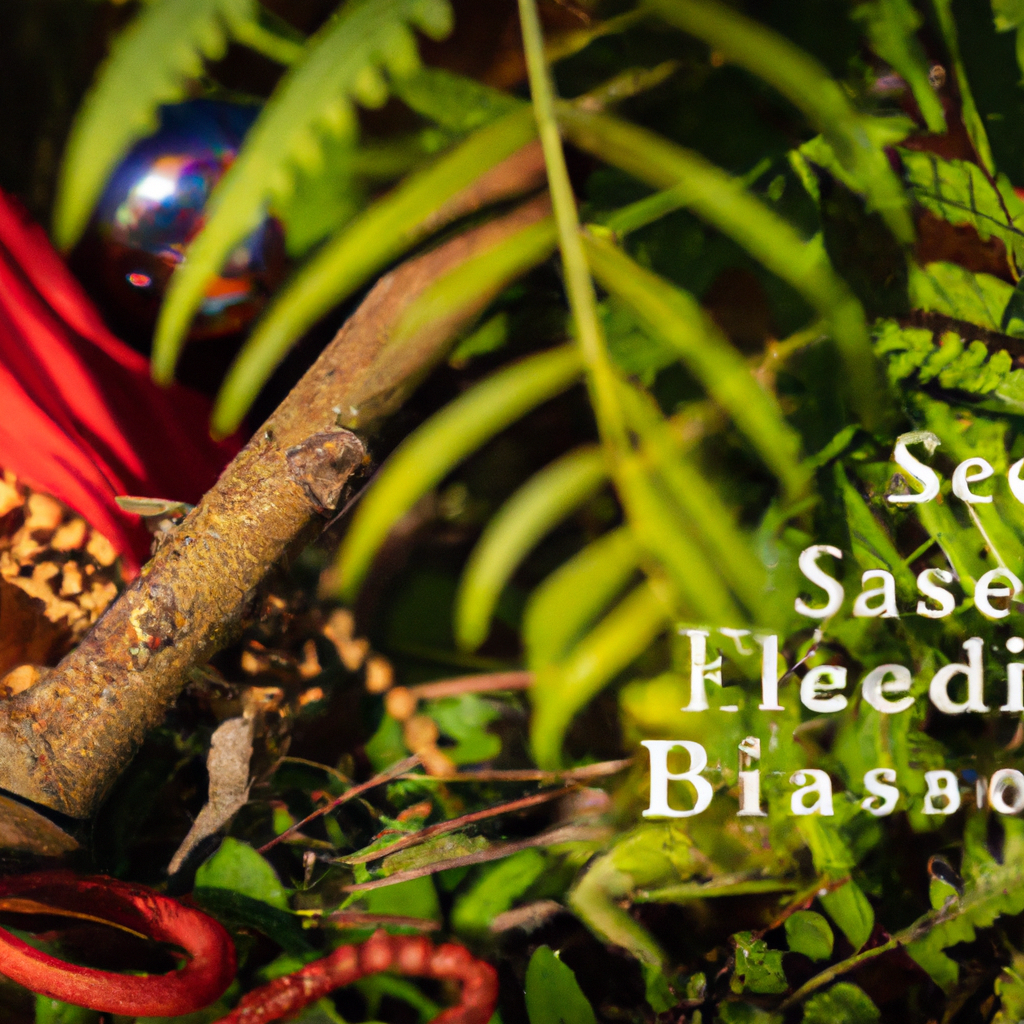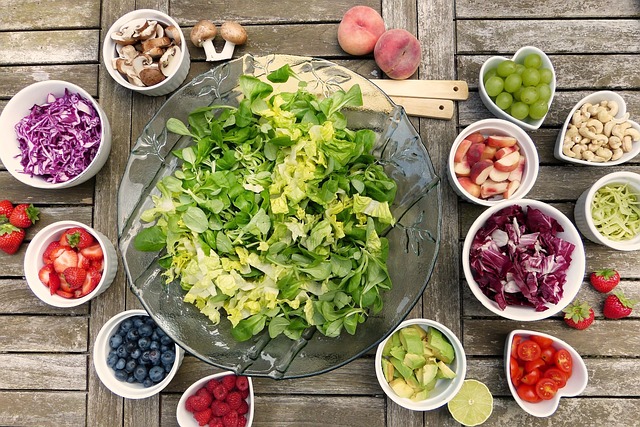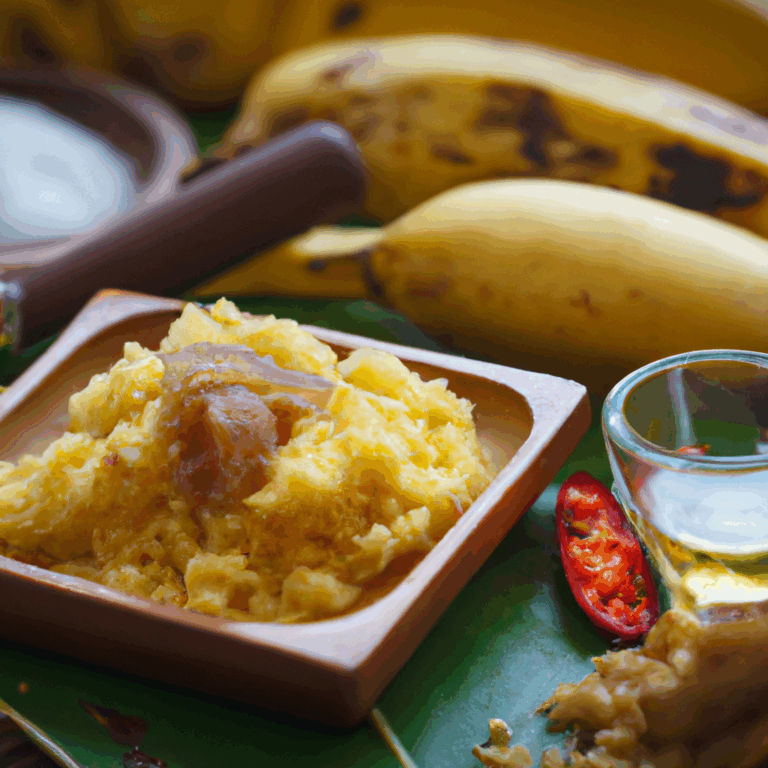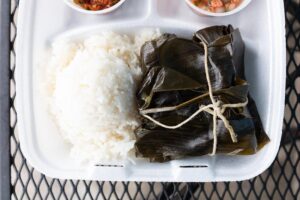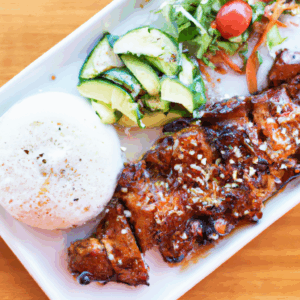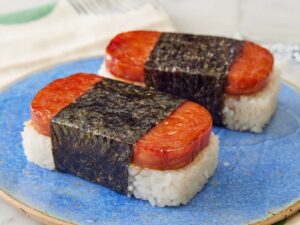Lūʻau Legends: The Cultural Story Behind Hawaii’s Famous Feast
Hawaii’s lūʻau feast is a beloved cultural tradition that dates back centuries, reflecting the rich history and heritage of the Hawaiian people. From the food served to the dances performed, every aspect of the lūʻau tells a story that speaks to the soul of Hawaii. In this article, we will delve into the legends and cultural significance behind this iconic celebration.
The Roots of the Lūʻau Tradition
Hawaiian lūʻau feasts have their origins in the celebrations held by ancient Hawaiians to mark important occasions such as births, weddings, and victories in battle. These gatherings were a way for the community to come together to feast, dance, and honor their gods and ancestors. Over time, the lūʻau became an integral part of Hawaiian culture, evolving into the festive event that we know today.
The Symbolism of the Lūʻau Foods
One of the defining features of a lūʻau feast is the array of traditional Hawaiian foods served. Each dish holds deep symbolic meaning, rooted in Hawaiian mythology and history. For example, the pig cooked in an underground oven, known as an imu, represents the connection between the Hawaiian people and the land. The use of taro, a staple crop in Hawaiian agriculture, symbolizes sustenance and abundance.
The Dance of Hula: Telling Stories Through Movement
No lūʻau is complete without the mesmerizing dance of hula, which plays a central role in Hawaiian culture. Hula is not just a form of entertainment; it is a sacred art form used to tell stories, convey emotions, and preserve the oral history of the Hawaiian people. Each movement and gesture in hula has a specific meaning, making it a powerful tool for passing down traditions from generation to generation.
The Importance of ‘Ohana and Aloha Spirit
At the heart of the lūʻau tradition is the concept of ‘ohana, or family, and the spirit of aloha, which emphasizes love, respect, and compassion for others. The lūʻau serves as a symbolic gathering of ‘ohana, both blood-related and chosen, coming together to share food, laughter, and memories. The aloha spirit permeates every aspect of the lūʻau, creating a sense of warmth and hospitality that is uniquely Hawaiian.
The Continuation of a Time-Honored Tradition
Despite the passage of time and the influence of modernization, the lūʻau tradition continues to thrive in Hawaii today. From intimate family gatherings to large-scale tourist events, the lūʻau remains a vibrant expression of Hawaiian culture and identity. By participating in and supporting lūʻau celebrations, both locals and visitors alike contribute to the preservation and perpetuation of this cherished cultural heritage.
In Conclusion
In conclusion, the lūʻau feast is much more than just a meal or a party; it is a living testament to the enduring spirit and traditions of the Hawaiian people. Through the sharing of food, dance, and aloha spirit, the lūʻau brings people together and honors the cultural legacy of Hawaii. As we partake in the festivities of a lūʻau, we become a part of its ongoing story, connecting us to the past, present, and future of this vibrant island culture.
